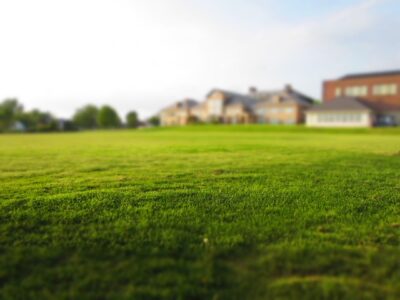Buying a second-hand house can be a journey filled with excitement and promise. It’s not just about finding a place to call home; it’s about discovering a space where future memories will unfold. However, amidst this excitement, it’s crucial to approach the purchase with a keen eye and an informed mind. This article aims to guide you through key considerations to ensure your dream home doesn’t turn into an unexpected nightmare. Without further ado, let’s get into the details.
Structural Integrity: The Foundation of Your Future Home
When stepping into a potential new home, it’s easy to be swayed by charming decor or a beautiful garden. However, the real value and safety of a house lie in its structural integrity.
Start by examining the foundations and walls for any cracks or signs of movement. These could indicate serious structural issues that might require costly repairs.
Next, take a look at the floors. Are they even and stable, or do you feel them sloping or see visible damage? Uneven floors might suggest foundational shifting or other structural problems. Additionally, inspect the ceilings and internal walls for cracks or water damage.
While small hairline cracks can be normal, larger cracks could be a red flag, signaling major structural concerns.
The Roof: Overhead and Often Overlooked
While the roof might not be the first thing you notice, it plays a pivotal role in protecting the house from the elements. A roof in poor condition can lead to significant problems, such as water damage and insulation issues. It’s vital to have the roof inspected for any signs of leaks or damage.
Pay special attention to the age and condition of the roofing materials. If the roof is old or visibly damaged, it might soon need a residential roof replacement, which can be a substantial investment. Look for signs like missing or broken tiles, sagging, or discoloration, all of which could indicate underlying issues.
It’s also wise to check the attic space for any signs of water intrusion, as this can be a clear indicator of roof problems.
Plumbing and Electrical Systems: The Lifelines of the House
Moving on to the house’s lifelines, the plumbing and electrical systems, are often complex and costly to repair if they’re not in good condition. Start by examining the visible plumbing in areas like the kitchen, bathrooms, and laundry room.
Check for leaks, water stains, and the age and condition of the fixtures. Don’t forget to test the water pressure and temperature control in showers and taps.
Regarding the electrical system, safety and adequacy for modern usage are key. Look at the electrical panel – is it up-to-date and well-maintained? Check for exposed wiring, test the outlets, and inquire about the age of the electrical system.
A house with outdated electrical wiring can pose safety risks and not support modern appliances and devices.
Landscaping and Exterior: The First Impression Counts
The exterior of a house, including its landscaping, is not just about curb appeal; it can also reveal a lot about the overall care and maintenance of the property. Begin by evaluating the condition of the driveway, walkways, and any patios or decks. Cracks or uneven surfaces in these areas can indicate potential drainage problems or foundational issues.
Next, turn your attention to the landscaping. Overgrown gardens, untrimmed hedges, or dead plants can indicate neglect, which might extend to other areas of the property. Also, consider the drainage system of the yard. Poor drainage can lead to water damage in the basement or foundation.
Additionally, check for trees that are too close to the house, as their roots can cause underground damage or pose a risk during storms.
Neighborhood and Community: Beyond the Four Walls
While the house itself is crucial, the neighborhood and community it resides in are equally important. Start by researching the area’s safety and crime rates, which can be found online or by contacting local law enforcement.
Additionally, consider the proximity to amenities like grocery stores, schools, hospitals, and public transportation. These factors not only affect your day-to-day living but can also influence the property’s resale value.
Spend some time in the neighborhood at different times of the day and week. This will give you a sense of the community vibe, noise levels, and traffic patterns. Talk to neighbors if possible; they can offer invaluable insights into the area and the specific property you’re considering.
Lastly, look into future development plans for the area, as these can impact your living experience and the home’s future value.
The Importance of a Good Inspection
No matter how experienced you are in real estate or how meticulous you are in your observations, hiring a professional inspector is invaluable. A qualified inspector can identify potential problems that you might miss and provide a comprehensive report on the house’s condition.
This report can be a powerful tool in negotiating the price, especially if it uncovers issues that require immediate attention or significant investment.
Moreover, an inspector can offer an unbiased, expert opinion on the house’s overall state, helping you make an informed decision. They can also provide rough estimates for any repairs or upgrades needed, which is crucial in budgeting future expenses.
Conclusion
Purchasing a second-hand house is a significant decision that requires careful consideration and due diligence. By focusing on the structural integrity, the condition of the roof, plumbing, and electrical systems, and enlisting the help of a professional inspector, you can ensure that you’re making a wise investment.
Remember, a house is not just a structure; it’s a future home for you and your loved ones. Taking these steps will not only protect your investment but also pave the way for happy memories in your new home.







